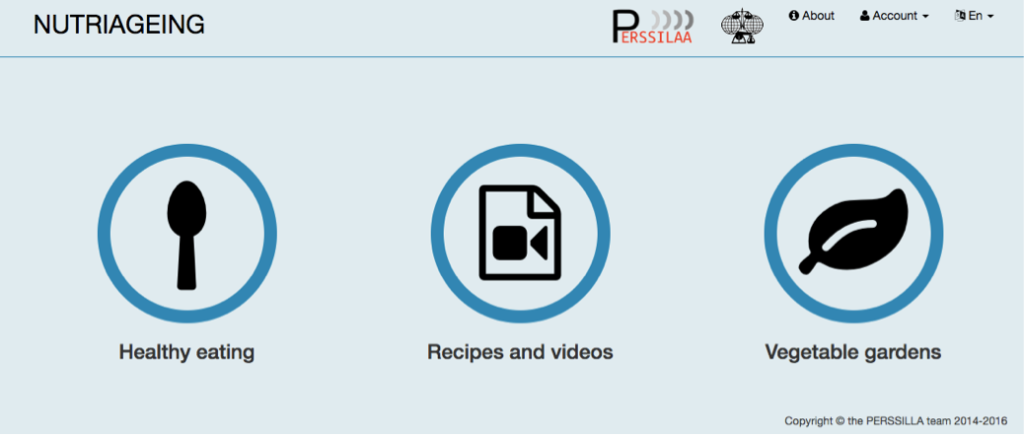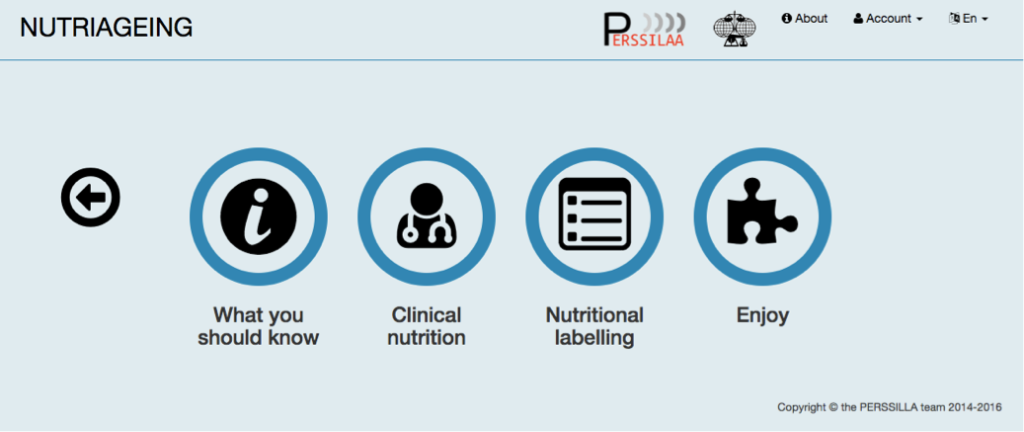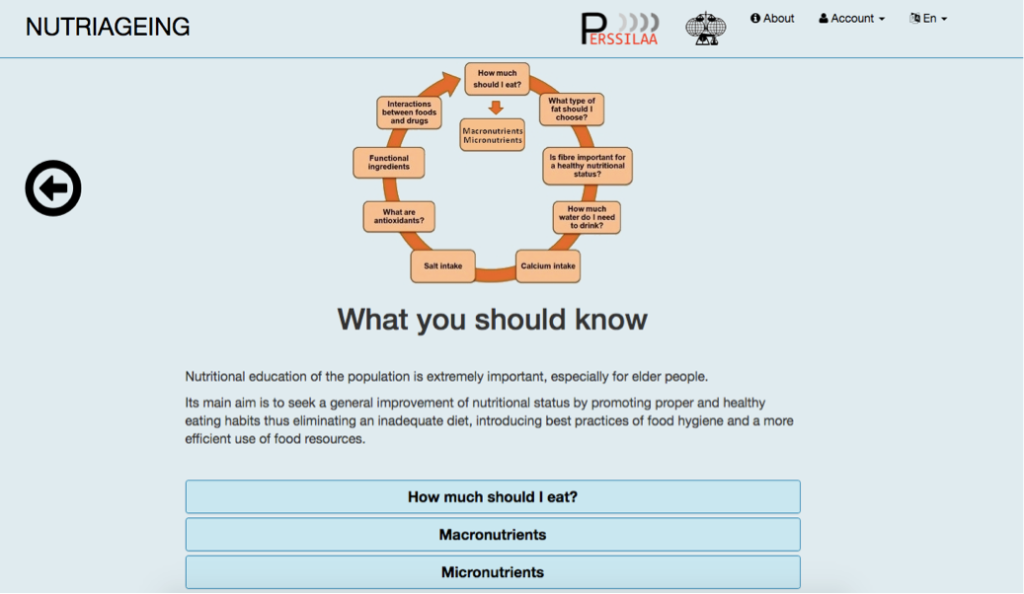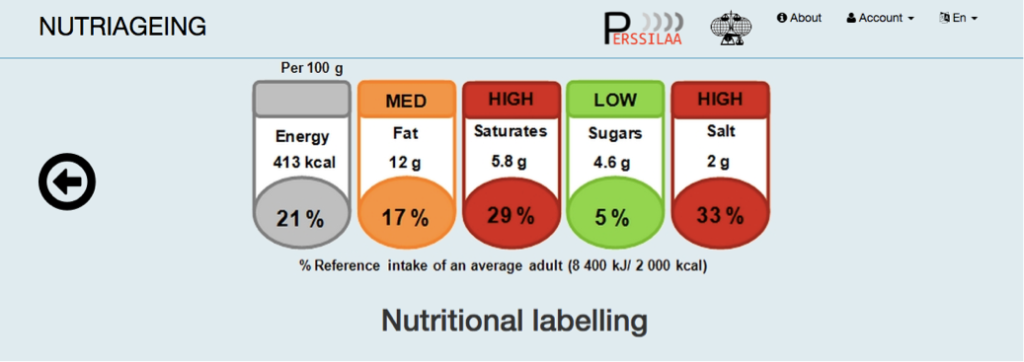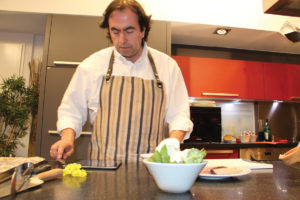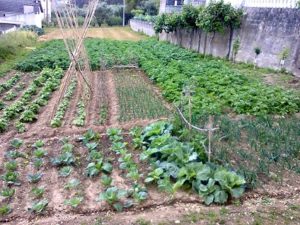Diet has a tremendous impact in healthy life and active ageing. This is a well-known concept, but how is chemistry involved? We eat “molecules and salts”! Well combined, of course, to generate appetizing recipes. Molecules and salts are in fact what our body needs for growth and functions. Any unbalance of the required molecules and salts compromise our welfare and can also lead to serious diseases. Consider for example the scurvy, due to the absence of vitamin C in the diet.
Nowadays there is a strong interest in balanced diets, “functional food”, food additives, healthy ingredients such as “omega-3” or antioxidants. How to rationalise and avoid errors? What is the role of science in this context? Chemical science must clarify, provide a rational, generate knowledge that can provide to the dieticians guidelines for dietary instructions.
IUPAC funded a project that generated the website NUTRIAEGING (http://nutriageing.fc.ul.pt/) providing chemical information and rational on the diet. The platform also educates on the valorisation of active ingredients for disease prevention. A chemistry-based rational is given by the international panel of experts in food and natural product chemistry. The project involved also young researchers to illustrate methodologies for the identification of active ingredients in functional foods/nutraceuticals, exemplifying the role of chemistry with simple experiments.
Photo by Dose Juice on Unsplash




